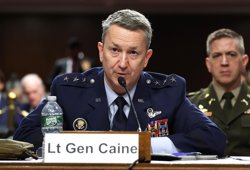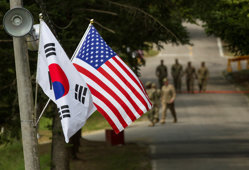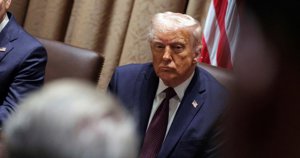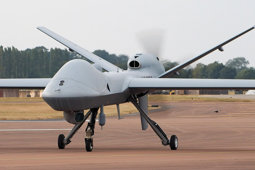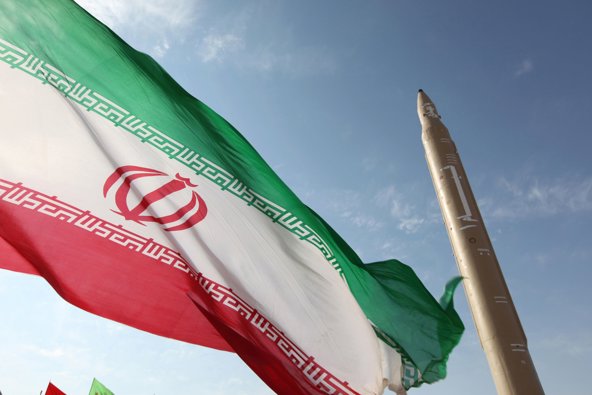
Iran’s Nuclear Program Crippled, Risk Persists
Iran’s nuclear sites heavily damaged by U.S. and Israeli strikes, but experts warn Tehran could rebuild covertly.
Major Strikes Deal Historic Blow to Iran’s Nuclear Ambitions
President Donald Trump declared last week that U.S. and Israeli military operations had “obliterated” Iran’s underground nuclear facilities, citing monumental damage at Natanz, Fordow, and Esfahan. U.S. Defense Secretary Pete Hegseth affirmed this assessment, noting credible intelligence that Iran’s nuclear program had been severely compromised. Israeli officials stated the strikes inflicted possibly irreversible damage to the country’s enrichment infrastructure, calling it a historic rollback of Iranian nuclear capabilities.
Despite the sweeping success of these coordinated attacks, analysts and international inspectors stress that the risk is not fully eliminated. While known sites have been struck, there are lingering questions about covert elements, undisclosed centrifuges, and residual stockpiles of enriched uranium. The International Atomic Energy Agency (IAEA) Director Rafael Grossi confirmed substantial damage at primary facilities but noted Iran retains some degree of industrial and technological capacity. “If they so wish, they will be able to start doing this again,” Grossi told CBS, warning that Iran could have centrifuges spinning uranium within months if left unchecked.
Ongoing Uncertainty Over Iran’s Capabilities
Intelligence analysts point to the persistent threat posed by possible hidden resources. Reports from the Institute for Science and International Security detail that while the attacks destroyed much of Iran’s declared enrichment program, remaining stocks of 60%, 20%, and 3-5% enriched uranium, along with uninstalled centrifuges, could enable a future restart. Jonathan Ruhe, of the Jewish Institute for National Security of America, cautioned that Iran’s ability to quickly enrich uranium to weapons grade could escape detection if conducted covertly. “The threat from here on out is going to be much more difficult to detect,” Ruhe warned.
Nuclear proliferation scholars echoed these concerns. Dr. Or Rabinowitz of Hebrew University noted that Iran’s technical know-how persists, even after direct strikes on conversion facilities. “If North Korea could do it, Iran could too—eventually,” Rabinowitz observed, highlighting that the pathway to rebuilding, while hampered, is not insurmountable for a determined regime.
The challenge of accurate assessment is compounded by Iran’s refusal to allow IAEA inspectors full access to key sites since the strikes. Grossi emphasized the need for on-site inspections to fully gauge the extent of the damage and remaining risk.
Additional Strikes Escalate Regional Tensions
Amid the broader campaign, Israel confirmed targeted strikes on Iran’s notorious Evin prison in Tehran, resulting in at least 71 deaths—including staff, soldiers, inmates, and civilians—according to Iran’s judiciary. The attack formed part of twelve days of Israeli operations aimed at “regime targets and government repression bodies,” and further destabilized a tense environment.
The ongoing fallout from these operations has heightened global scrutiny of Iran’s response and the potential for renewed nuclear activity. As debate continues over whether the combined strikes are enough to permanently curb Iran’s ambitions, President Trump reiterated his willingness to act again if necessary: “Sure without question,” he said when asked if the U.S. would target Iran’s program in the future.
With key facilities devastated but uncertainty over remaining capabilities, international observers warn that vigilance and verification remain essential to prevent Iran from reconstituting its nuclear program—and to maintain stability in a volatile region.


